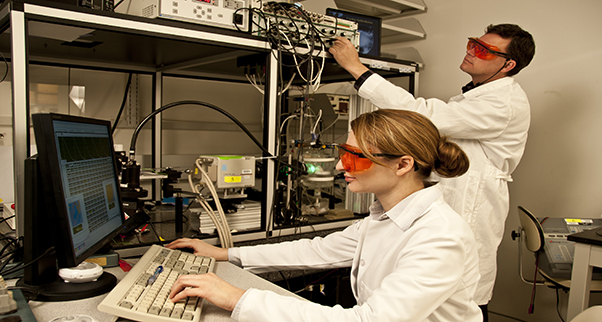What are the FDA's Process Validation requirements?
29, November 2018

Process Validation (PV), according to the FDA, is collecting and assessing data right from the design stage till the production stage. PV is set out for all the stages of production for a product in the FDA-regulated industries. The core purpose of PV is to establish scientific proof that any process being employed has the capability of delivering quality products consistently.
The FDA’s process validation requirements are set out in its general principles of Process Validation. Starting from 1987, the FDA has been issuing guidelines at intervals to state, improve and strengthen the general principles of Process Validation. In almost a quarter century of the first guideline, the revision of January 2011 came into being. This guideline is considered a landmark and a guide for PV professionals since it reworked extensively and expanded the general principles on process validation. It is the current guideline from the FDA on Process Validation requirements.
These are what the FDA’s 2011 guideline on general principles on Process Validation propagate:
- Incorporation of the principles of sound science
- Taking steps to assess and mitigate risk
- Bringing about improvements in every stage of the process
- Adapting the science-based principles of contemporary manufacturing
- Fostering and encouraging innovation
The centrality of control to process validation
Process validation is tied to the product lifecycle approach by the FDA general principles on process validation of 2011. The central purpose of process validation is to ensure that the process is in a state of control at all stages of production.
The following points illustrate the reason for which the FDA expects its PV requirements to be met:
- Being a process that is ongoing and continuous, PV begins at the earliest stages of production and goes on till the product’s lifecycle is completed
- Those in charge of commercial production should have deep and intimate knowledge of the workings of PV principles
- Only this knowledge helps PV professional locate the sources of variability and address them
- Only PV into which risk management is built frees errors from the product
The three stages of PV
The FDA stipulates three layers or stages on which its general principles of Process Validation are built:
- Process design: The stage in which the knowledge gained helps the commercial process define the process development activities
- Process qualification: The stage where PV guarantees that the process design has the capability for being reproduced at industrial level
- Continued Process Validation: The most important stage PV in that this is where the element of control into the routine production process is introduced and built; Continued Process Validation takes under its ambit all activities such as continuous verification, maintenance, and process improvement. Information is collected and monitored during commercialization to assess the Continued Process Validation stage.